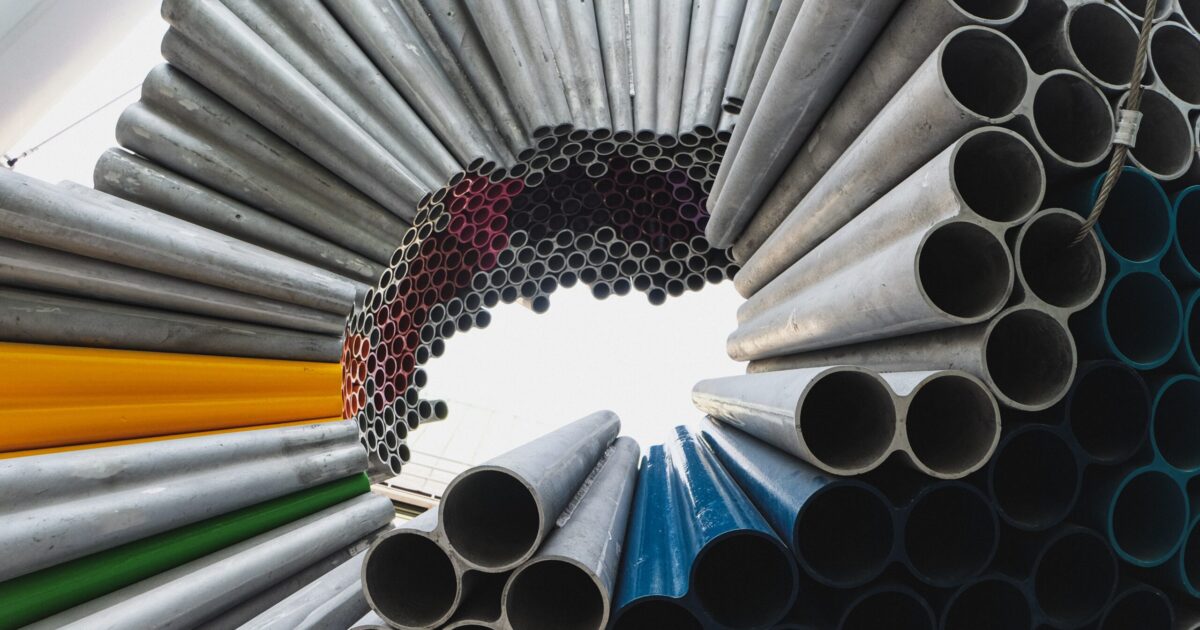Biden’s administration reached an agreement with the European Union in order to remove tariffs that President Donald Trump imposed on European-made steel. The agreement won’t likely result in lower prices for American consumers and manufacturers.
This is because Trump’s tariffs are being replaced by a new type of protectionionism under the Biden administration. It will artificially increase the price of imported steel from Europe. Biden’s agreement does not include 25 percent tariffs for all steel imports as Trump did. Instead, it includes a “tariff rate quota”, which will permit 3.3 million tons steel to be imported each year without any tariffs. After that threshold has been met, 25 percent tariffs apply to all subsequent imports. For reference, the U.S. imported nearly 5 million metric tons of steel from Europe in 2017—the last full year before Trump’s tariffs caused imports to fall sharply.
The lifting of Trump’s tariffs was good news for steel-consuming companies in the United States, who are currently facing high prices and shortages. However, the Coalition of American Metal Manufacturers and Users (an industry group) stated in a statement that “it is disappointing” that the agreement won’t completely end these trade restrictions on allies. The U.S.’s domestic steel sector doesn’t need to be protected from competition. Instead, it should begin talks with other countries and allies in order to eliminate the damaging tariffs.
However, steel manufacturers voted in support of the new Biden administration agreement’s continued protectionism. The president of American Iron and Steel Institute Kevin Dempsey praised the tariff-rate quotas deal as “crucial” and meant to prevent another increase in steel imports. Similar statements were made by the American Iron and Steel Institute president Kevin Dempsey. The New York TimesAccording to reports, “metal unions” in the United States applauded the agreement. They said it would reduce European exports at a historically low level.
A surge in steel imports could be exactly what America needs right now. According to Steel Benchmarker data, American steelmakers are spending more than $1300 per ton than Chinese competitors this month. By limiting the supply of imported steel, the Trump/Biden trade policies have combined to limit supply and drive up prices—a narrow victory for domestic steelmakers and unions lobbying for greater protectionism, but a loss for downstream industries that must buy steel for various purposes.
The deal reached with the E.U. is still in effect. It does not ease Trump’s import tariffs from key American trading partners such as Japan, Great Britain and South Korea. This means that it’s unlikely imports from other countries will reduce the supply and price problems plaguing American manufacturing.
Biden’s deal to the E.U. with Biden has many other issues. These provisions seem to have nothing to do with Trump’s initial tariffs under Section 232 of his Trade Expansion Act of 1992. This vague, powerful law allows the president to unilaterally impose tariffs on steel imported from the E.U. Biden invokes the same law to impose new tariff rates on steel imported from E.U. but this agreement shows that the current administration may be looking to expand the already convoluted definition of “national security”, when it comes trade policy.
One example is that the White House has called the new deal “the first world-wide carbon-based trade agreement”, a sign it views trade policy as one aspect of its global climate change strategy. You might not think that the Sierra Club would have anything to say on steel tariffs but it praised the White House’s “pursuing a new climate-focused agreement” for trans-Atlantic commerce.
Although reducing the carbon footprint in the steel- and aluminum industry may seem like a valid federal objective, There is nothing It has to do the justification for the imposition These tariffs” Scott Lincicome, Inu Manak and Inu Gokhale are trade policy specialists at the Cato Institute. These tariffs shouldn’t be used to compel allies to accept unrelated U.S. interest. Trying to shift Section 232 tariffs from a questionable national security risk to climate change is completely inconsistent with the statute.
Sen. Pat Toomey (R–Penn.Senator Pat Toomey (R-Penn.), was one of few Congressmen who failed to amend Section 232 after Trump’s misuses. He stated in a statement, “Using Section 232 tariffs to negotiate concessions on climate changes is wrong.”
However, Congress seems not to be interested in doing anything to restrict presidential powers under Section232. What we have is a law that permits presidents to impose and revamp tariffs as instruments of foreign policy. No matter whether the presidents use this power in an attempt to penalize foreign countries (like Trump), or in a misguided effort to leverage international agreements regarding climate policy (like Biden appears) it’s ultimately American consumers who pay the price.
This new deal will only benefit the industries who suffered collateral harm from Trump’s trade war against Europe. E.U. has agreed to end its retaliatory tariffs against American-made goods. Retaliatory tariffs will be lifted on American-made goods like motorcycles or whiskey.
American whiskey exports were reduced by about 37 percent to the E.U. The Distilled Spirits Council of the United States reported that whiskey exports to the E.U. had declined by approximately 37 percent following the imposition of retaliatory tariffs. “Cheers to Biden’s determination to reopen trade relations with E.U. Chris Swonger CEO of DISCUS stated that it was essential to end the unnecessary harm being done to U.S. companies caught in this trade conflict. “The end to this long-running trade war” Tarife nightmare is in sight for U.S. distillers, who have struggled with the weight of the TarifeThe pandemic.
This relief will be greatly appreciated. However, the Biden administration’s deal with the E.U. suggests that the spirit of Trump’s steel protectionism is alive and well—and that the power of the American presidency over the free exchange of goods over American borders is only continuing to grow.

